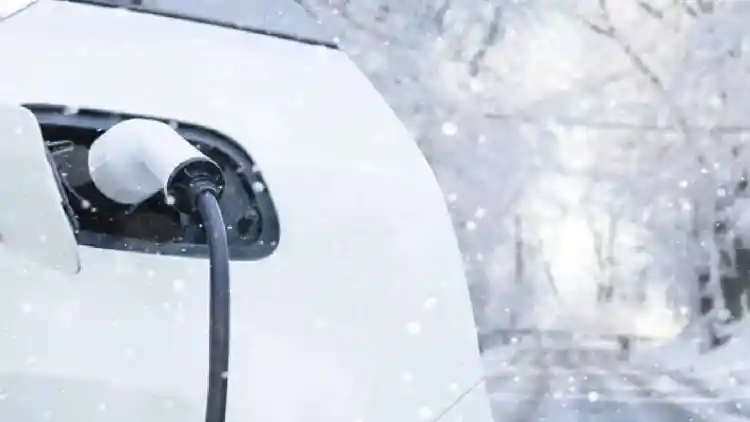- How does RCTA work?
- Benefits of RCTA
- Have RCTAs become standard?
RCTA,Rear Cross Traffic Alert, is a driving assistance technology designed to enhance vehicle safety while reversing. In today's complex traffic environments, blind spots frequently occur during the reversing process, especially in tight parking spaces or areas obstructed by barriers. Under such circumstances, there may be vehicles, pedestrians, or obstacles crossing behind the vehicle that the driver might not easily notice.
As you prepare to reverse into a parking spot, the RCTA system activates, employing BSM radar technology to monitor the area behind and on both sides of your vehicle. It detects cross-traffic via sensors and alerts the driver, thereby reducing the risk of collisions.

How does RCTA work?
The Rear Cross Traffic Alert (RCTA) system typically relies on radar sensors or cameras installed on the rear bumper of a vehicle. These sensors have the capability to detect cross-traffic on either side of the vehicle while it is reversing. When the system senses a vehicle or pedestrian approaching from the sides, it immediately alerts the driver through auditory, visual, or vibrational signals, enabling the driver to halt the reversing maneuver in time to avoid potential collisions.
For instance, when a vehicle is parked and preparing to reverse out of a parking spot, there might be other vehicles moving nearby or pedestrians passing by. At this moment, the RCTA system's sensors actively monitor the rear dynamics of the vehicle and issue a warning if they detect potential hazards. The detection range of the RCTA is typically from several meters up to tens of meters, varying according to different car models and sensor configurations.

Benefits of RCTA
Enhanced Reversing Safety: The RCTA system significantly reduces the likelihood of collisions during reversing, especially in parking lots or other environments with restricted visibility. It provides drivers with additional protection, minimizing the risks associated with blind spots.
Eased Driving Operations: Reversing is a concentration-intensive task for drivers, particularly for novices or those unfamiliar with judging distances. RCTA aids drivers in better assessing the situation behind the vehicle, thereby making the reversing process safer and smoother.
Support for Other Driver Assistance Systems: RCTA often works in conjunction with other driver assistance systems, such as rearview cameras and rear parking sensors. These systems collaborate to not only provide a more comprehensive view and feedback for the driver but also enhance the accuracy and safety of reversing maneuvers.
Increased Pedestrian Safety: The RCTA system is designed not only for drivers but also to improve safety for all road users, particularly in mixed traffic environments like parking lots. When the system detects an approaching pedestrian, it assists the driver in maneuvering safely, effectively reducing the risk of pedestrian injuries.

Have RCTAs become standard?
Currently, the Rear Cross Traffic Alert (RCTA) system has become a standard or optional feature in many mid-to-high-end models, particularly in SUVs and large sedans. This is largely because these vehicles have larger bodies and more significant blind spots in the rear-view, making RCTA highly beneficial. With advancements in technology, the detection range and accuracy of RCTA systems continue to improve, with sensors and algorithms becoming increasingly sophisticated. It is likely that future RCTA systems will integrate further with autonomous driving technologies to allow for more automated and intelligent reversing operations.
However, it's important to note that while the RCTA system provides substantial support for driving safety, drivers should still remain vigilant and make independent judgments. Before reversing, it is advisable for drivers to personally check their surroundings and use both rear-view mirrors and direct visual observation to ensure safety. After all, cultivating good driving habits and fully understanding the features of your vehicle are fundamental to ensuring safe travel.













